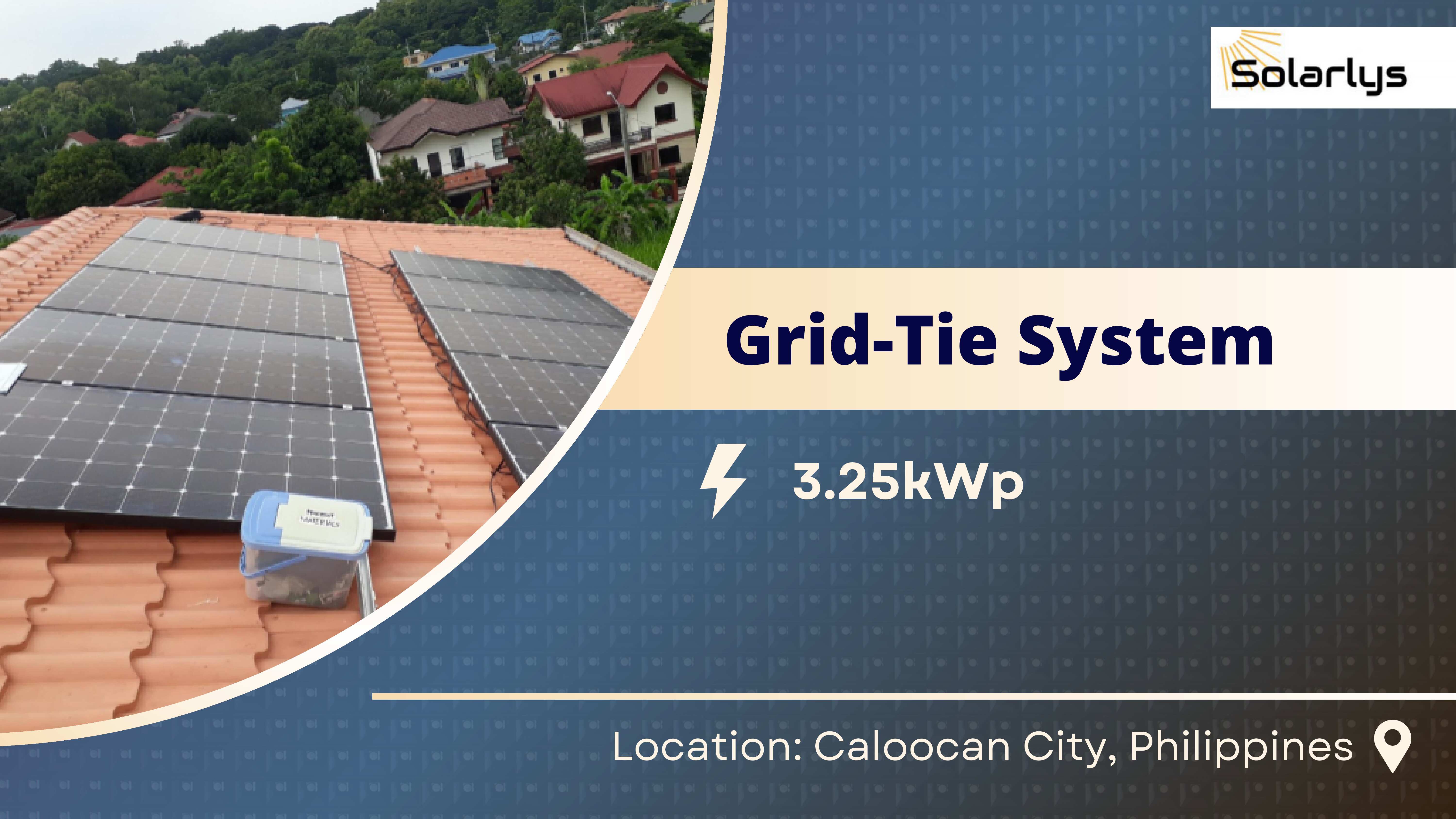


Allows you to use solar energy during the day and draw electricity from the grid when your solar system isn't producing enough (like at night or during cloudy weather).
A solar grid-tie system (also known as a grid-connected solar system) is a type of solar power setup that works in conjunction with the public electricity grid. It allows you to use solar energy during the day and draw electricity from the grid when your solar system isn't producing enough (like at night or during cloudy weather). Here’s an overview of its components, how it works, and its pros and cons:
Solar Panels
Convert sunlight into DC electricity.
Grid-Tie Inverter
Converts DC (direct current) electricity from the panels into AC (alternating current) electricity compatible with the utility grid and home appliances.
Net Meter (Bidirectional Meter)
Measures the electricity you draw from and send back to the grid. This enables net metering, where excess solar energy sent to the grid earns you credits.
Mounting System
Secures the solar panels on your roof or the ground.
Monitoring System (Optional)
Tracks energy production and system performance.